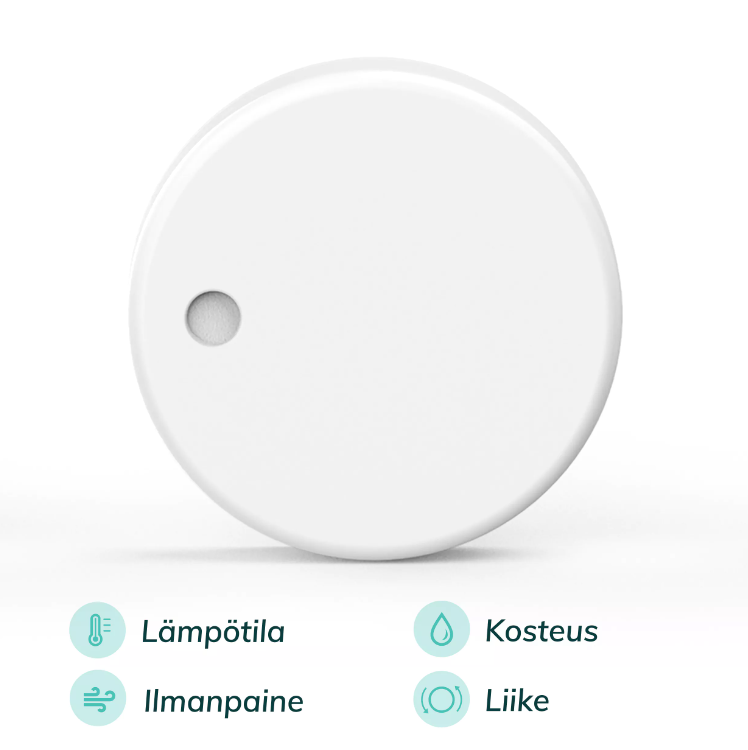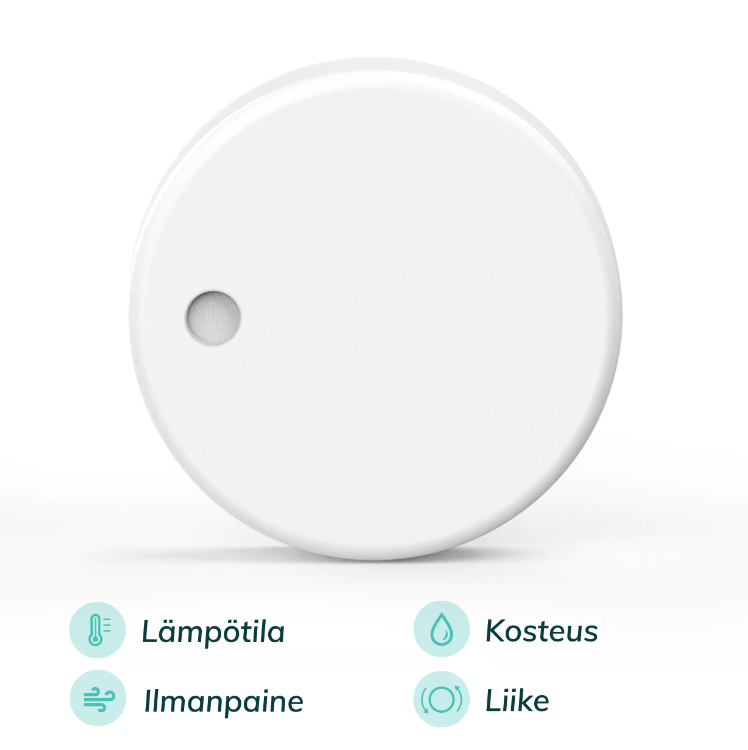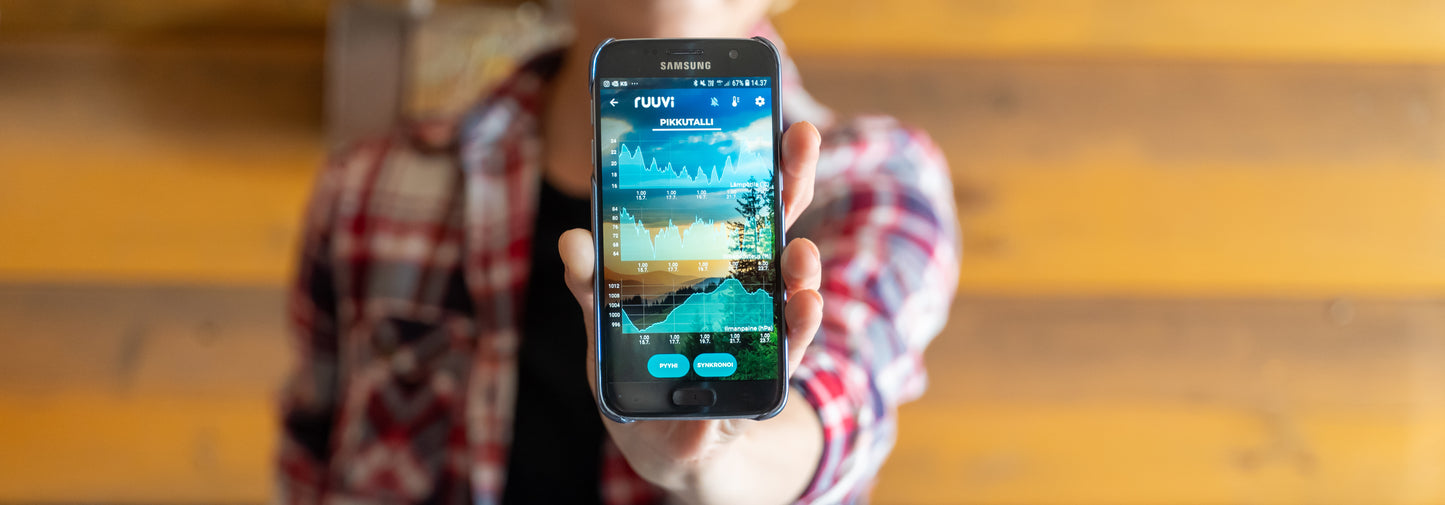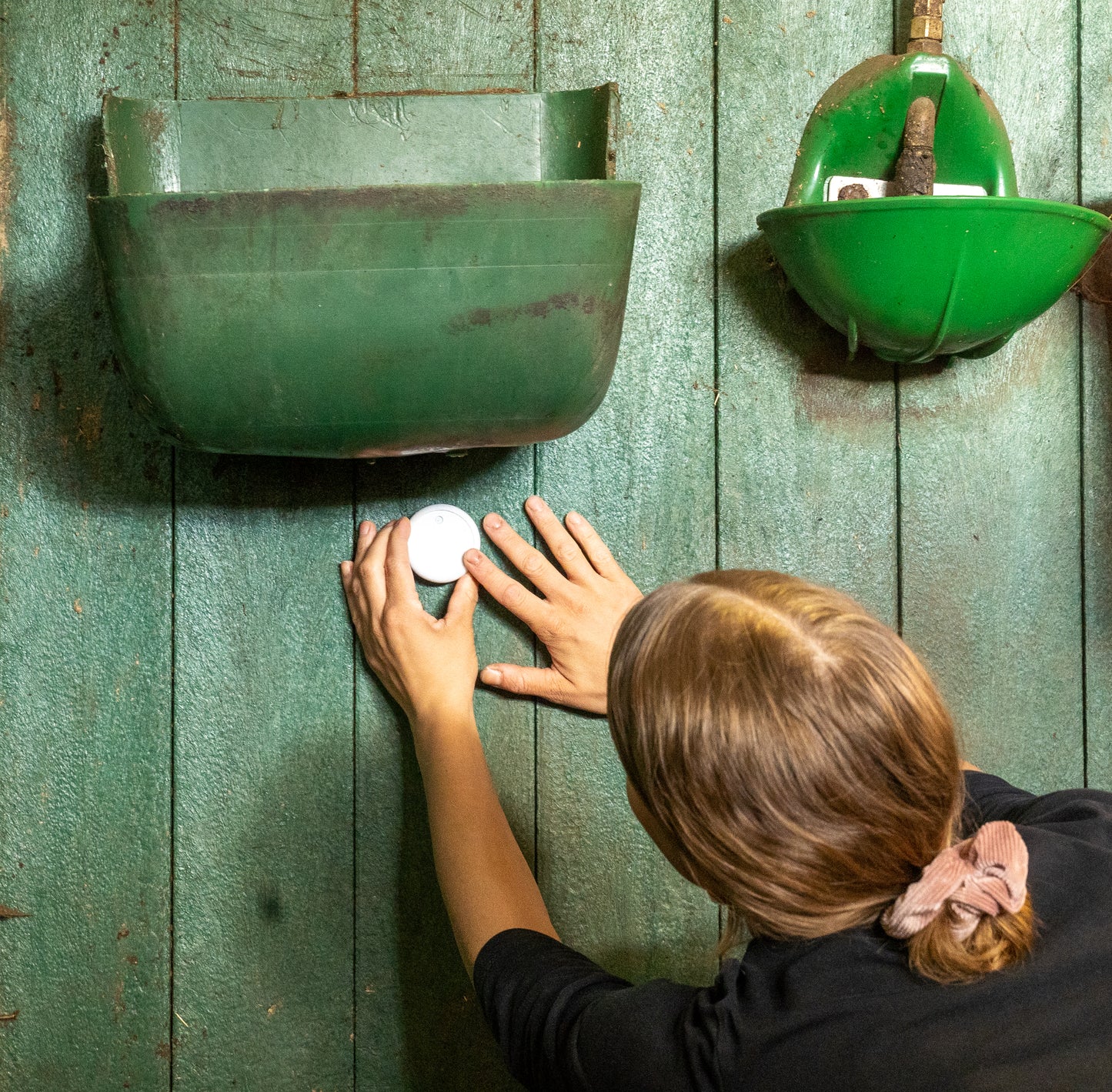The test horse's sleep patterns are continuously monitored with the help of a camera. We conducted an experiment to monitor the effects of the arrival of a new horse on the sleep rhythm of the test horse. In this experiment, the sleep patterns obtained were compared with the horse's previous sleep patterns. On average, the horse in question spends between 1 h 30 min and 3 h lying down during the night. The video footage has been converted into numbers so that the data can be easily compared on a day and night basis. The figures are collected into one view to make it easier to manage the data. Because interpreting the video can be time-consuming, we are developing a device that measures the horse's movements, such as lying down, using an accelerometer.

Acceleration data dashboard under development. In the future, the figures collected by the dashboard will allow us to automate the monitoring of the horse's laying time.
Basic information about the experiment
The aim of this practical experiment was to detect possible deviations in sleep patterns caused by the arrival of a new neighbor. The horse is housed in a pen with a thick peat mattress.
The test horse had an already familiar horse on the other side in the adjacent stall. The daily routines remained the same on the recording days. The camera is operated by a sensitive motion sensor and the orange lines show the horse's activity. The white part does not always mean lying down, but the horse can also sleep standing up or watch the other horse sleep without moving. The video image was used to check whether the horse had been lying down or standing up.
In this experiment, the lying time was monitored
- for one night before the arrival of the new mate
- for three nights after the arrival of the new mate.
The pictures were taken at around 21.00 and 03.00 for four evenings and nights. The images were taken from the video, which was used as the basis for the analysis. The images show whether activity has changed since the arrival of the new guest. The orange bars on the timeline represent situations where the horse has been active.
Night before the new arrival


The situation before the arrival of the new horse. In the latter picture, the REM sleep phase is presumably also captured, as the horse has its head pressed against the ground. The time spent lying down was exactly 3 hours.
1st night with the new friend


First night with the new friend. The horses come inside at about 19.00 and get their evening feed at about 20.00. Activity has increased markedly since the new horse arrived between 19.00 and 20.00. The time spent in bed amounted to 4 h 30 min.
2nd night with the new friend


Another night with a new friend. When the horses come in, activity levels are still high. The first lie down took place earlier than the previous night, at around 21.40. The total time spent lying down was 3 h 44 min.
3rd night with the new friend


3rd night with the new friend. The night was calmer than the first two. Time slept totaled to 4h 12min.
Findings from the experiment
The experiment showed that the sensitivity of the camera's motion sensor still needs to be adjusted and that the results are not fully reliable. The sensitivity was increased to achieve more accurate results. The camera has recorded several instances of the horse getting up from lying down, but the lying down was not recorded in all cases. This is important to note for further analysis. We can draw the tentative conclusion that our research horse has been lying down more often and probably the arrival of a new friend has calmed down his nocturnal movements. Before the introduction of the new horse, the observed horse only had a horse on one side. The horse is a herd animal, so one would assume that a horse companion on both sides could increase the horse's sense of security. The first lying down of the evening occurred earlier on average after the arrival of the new friend compared to before the arrival of the new horse.
Measuring sleep as part of a bigger picture
We are running a series of pilots to explore the potential of using technology to measure horse welfare. By measuring, our aim is to make changes in welfare more apparent. For example, by combining heart rate, movement and sleep data, we can increase our understanding of the horse's welfare as a whole. Once we know the horse's baseline figures, we believe that the data will allow us to identify abnormalities at an early stage.
The horses were turned out to pasture a week after the trial. In the next blog post, we will report on the effects of the start of the grazing season on the sleep of our research horse.
This experiment is also part of the Horse Welfare Measurement Technologies project.




